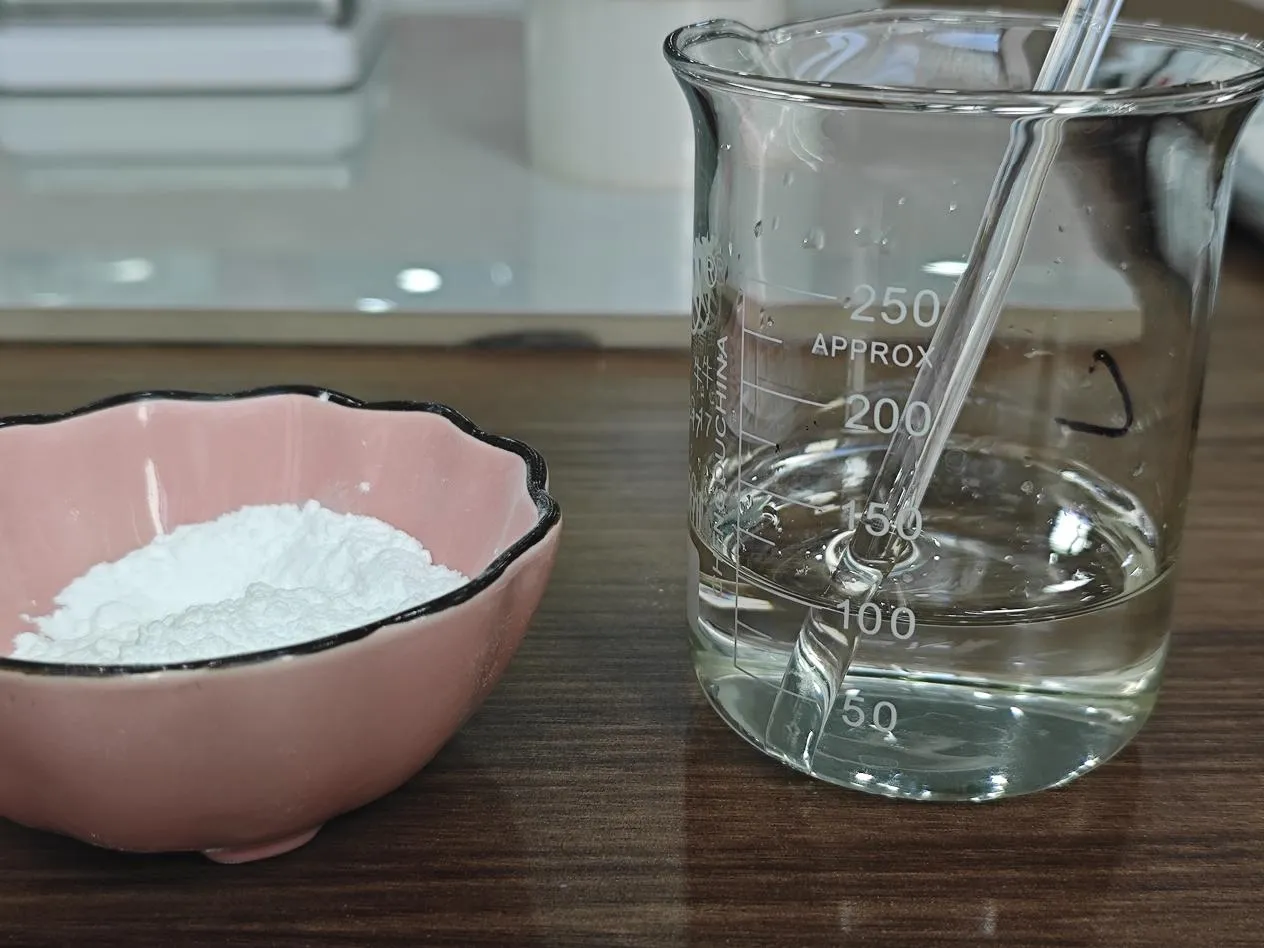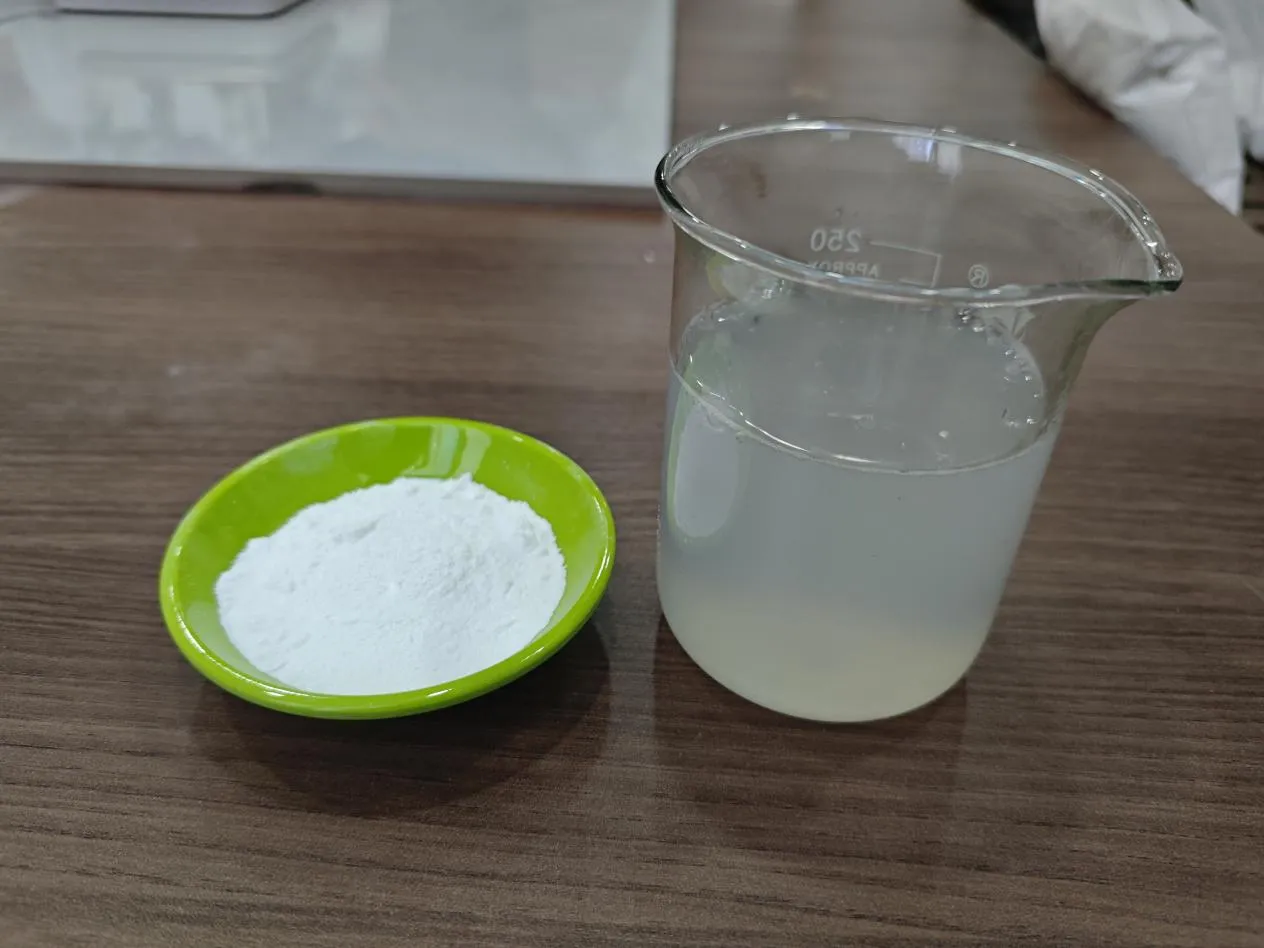
Understanding Different Types of Antifoaming Agents and Their Applications
Foam formation is a common challenge in many industrial processes, ranging from food production to pharmaceuticals and chemical manufacturing. Excess foam can reduce efficiency, contaminate products, and damage equipment. This is where antifoaming agents come in — substances specifically designed to reduce or prevent foam. In this article, we will explore the types of antifoaming agents, their uses, and examples from different industries, including natural antifoaming agents, silicon antifoaming agents, and organic anti foaming agents.

1. What Are Antifoaming Agents and How Do They Work?
Antifoaming agents (sometimes called defoaming agents) are chemical additives that prevent or reduce foam formation in liquids. Foam forms when gas gets trapped in a liquid, stabilized by surfactants. While some foam is harmless, excessive foam can interfere with product quality, processing speed, and machinery performance.
Antifoam and defoamer are often used interchangeably, but there’s a slight difference:
Antifoaming agents prevent foam from forming in the first place.
Defoaming agents break down foam that has already formed.
There are many antifoaming agents examples, each suited to specific industrial needs. These include silicon antifoaming agents, organic anti foaming agents, and natural defoaming agents.
2. Types of Antifoaming Agents and Their Uses
Different industries require different types of antifoaming agents, depending on the liquid composition, operating temperature, and the nature of the foam. Below are the main categories and their applications.
a. Silicone Antifoaming Agent
A silicon antifoaming agent is one of the most widely used solutions. Made from silicone oils combined with hydrophobic particles, it is highly effective at breaking down foam in a variety of industrial processes. Silicone-based products are especially popular in:
Food processing (meeting food-grade standards)
Wastewater treatment
Chemical manufacturing
Silicone agents are valued for their high efficiency, stability across a wide temperature range, and long-lasting performance.
b. Organic Anti Foaming Agent
An organic anti foaming agent is typically made from mineral oils or vegetable-based oils combined with waxes or fatty acids. These agents are effective in systems where silicone contamination must be avoided, such as:
Paper and pulp manufacturing
Textile dyeing processes
Paint and coating production
They offer good performance but may require higher dosages than silicone-based alternatives.
c. Natural Antifoaming Agents
In industries like food and pharmaceuticals, natural antifoaming agents are preferred because they are biodegradable, safe, and non-toxic. A natural defoaming agent can be derived from plant oils, beeswax, or other edible materials. Examples include:
Sunflower oil
Corn oil
Lecithin
These are widely used in ਐਂਟੀ ਫੋਮਿੰਗ ਏਜੰਟ ਫਾਰਮਾਸਿਊਟੀਕਲ applications, soft drink manufacturing, and brewing to ensure product safety and regulatory compliance.
d. Special Purpose Agents
Certain applications require specialized formulations:
Anti foaming agent for coolant – Used in automotive and industrial cooling systems to prevent foam that can reduce heat transfer efficiency.
Anti foaming agent pharmaceutical – Formulated for use in drug manufacturing processes, especially in fermentation and mixing stages where foam control is critical.

3. Antifoaming Agents List and Industrial Examples
The following antifoaming agents list outlines some common types and their typical uses:
|
Antifoaming Agent Type |
Example Materials |
Typical Applications |
|
Silicone-based |
Polydimethylsiloxane (PDMS) |
Wastewater treatment, food processing, chemical manufacturing |
|
Organic oil-based |
Mineral oil + wax |
Paper industry, textile finishing, paints |
|
Natural-based |
Sunflower oil, lecithin |
Brewing, soft drinks, pharmaceuticals |
|
Polyether-based |
Polypropylene glycol (PPG) |
Fermentation, adhesives, detergents |
|
Water-based emulsions |
Silicone emulsions |
Food production, cooling systems |
Real-world antifoaming agents examples include using silicone emulsions in dairy processing to reduce foam during pasteurization, or employing organic oil-based agents in pulp mills to keep paper production smooth.
Conclusion: Choosing the Right Anti Foaming Solution
Selecting the right anti foaming or defoaming agents depends on factors like process temperature, compatibility with the product, and environmental regulations. While silicon antifoaming agents are powerful and versatile, natural antifoaming agents are ideal for sensitive applications like food and pharmaceuticals. In heavy industries, organic anti foaming agents provide a balance between performance and cost-effectiveness.
Ultimately, the correct choice ensures smoother operations, improved product quality, and reduced maintenance costs. Whether you need an anti foaming agent for coolant, a natural defoaming agent for food, or a pharmaceutical-grade anti foaming agent, understanding the types of antifoaming agents available will help you make the best decision.
FAQ – Antifoaming Agents and Their Uses
What are the main types of antifoaming agents?
The main types of antifoaming agentsinclude silicone-based, organic oil-based, natural-based, polyether-based, and water-based emulsions. Each has different strengths depending on the application.
Can natural antifoaming agents replace silicone-based agents?
Yes, natural antifoaming agentssuch as sunflower oil or lecithin can replace silicone-based agents in applications like food and pharmaceuticals, where safety and biodegradability are essential.
What is the difference between antifoam and defoamer?
Antifoamprevents foam from forming, while a defoamer breaks down existing foam. In practice, many products function as both antifoam and defoamer.
Where is an anti foaming agent for coolant used?
An anti foaming agent for coolantis used in automotive and industrial cooling systems to prevent foam formation that could reduce heat transfer efficiency.
What are some common antifoaming agents examples in pharmaceuticals?
In pharmaceuticals, common examples include natural defoaming agentslike lecithin and food-grade silicone emulsions, both used to control foam during manufacturing and fermentation.
-
Hydroxypropyl Starch as a Sustainable Construction AdditiveNewsNov.24,2025
-
The Gelation Properties of CMCNewsNov.21,2025
-
Redispersible Latex Powder and Water Retention CapacityNewsNov.21,2025
-
Dosage Control for Polycarboxylate Water ReducerNewsNov.21,2025
-
Film-Forming Properties of Polyvinyl AlcoholNewsNov.21,2025
-
The Function of Gypsum Additives in MortarNewsNov.21,2025





















